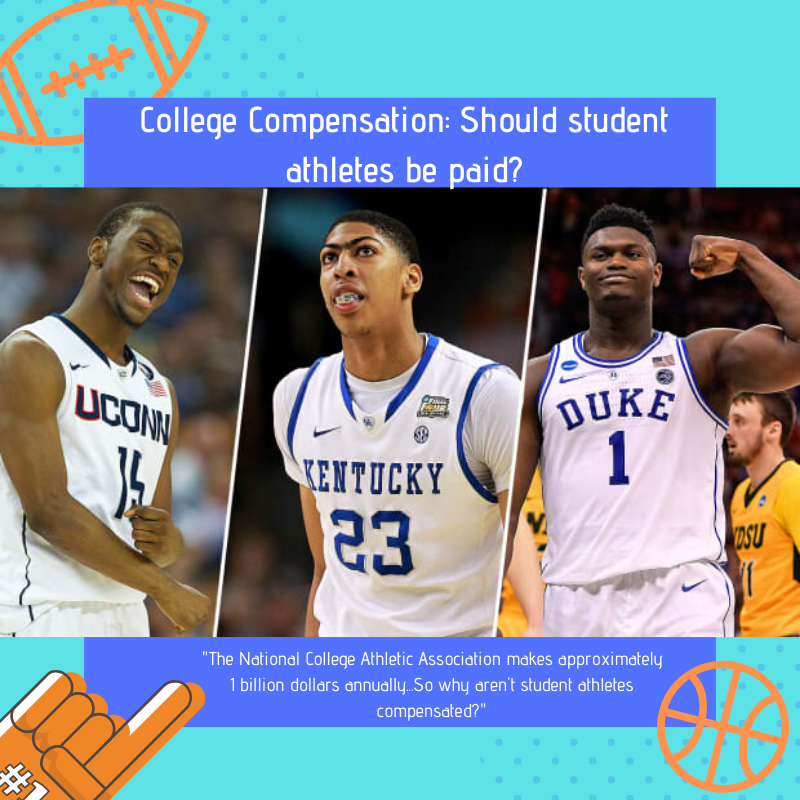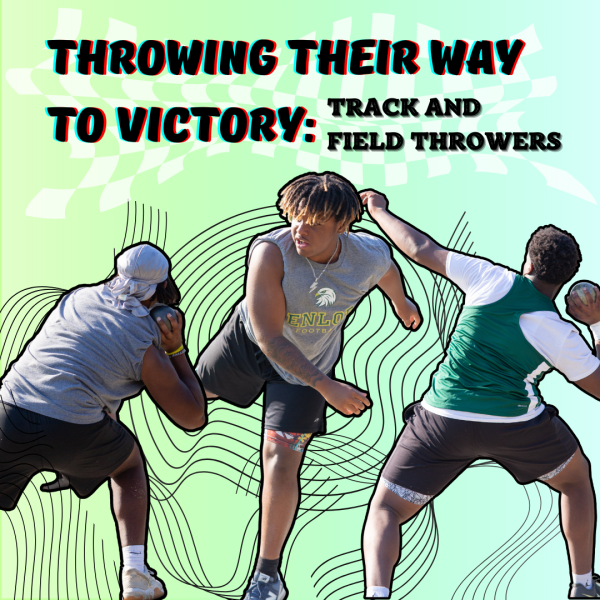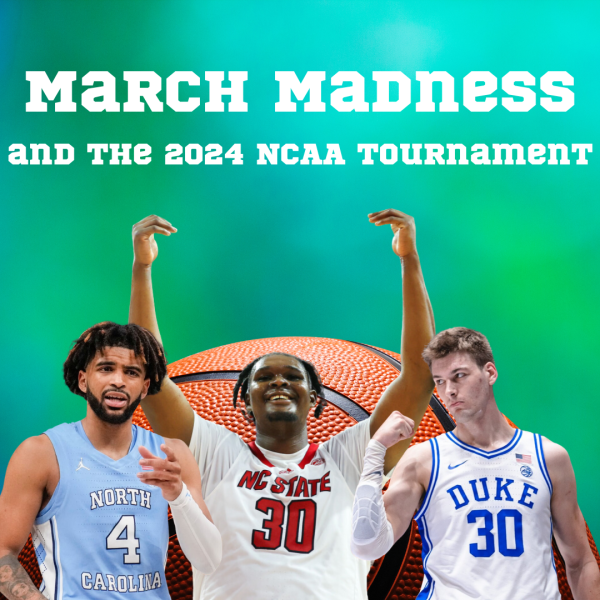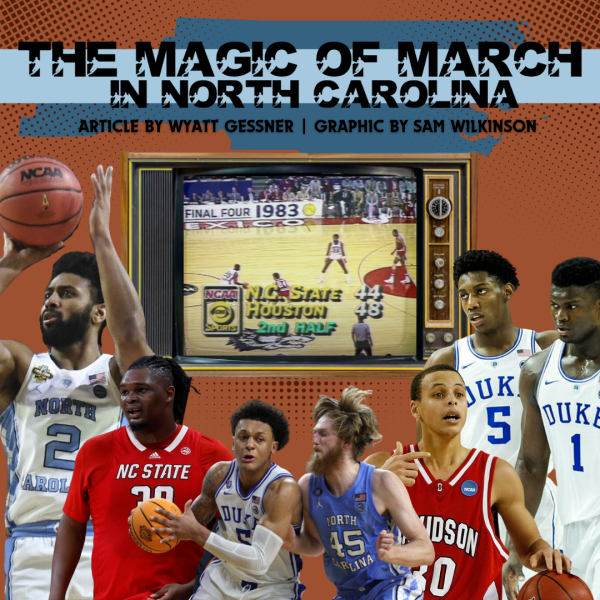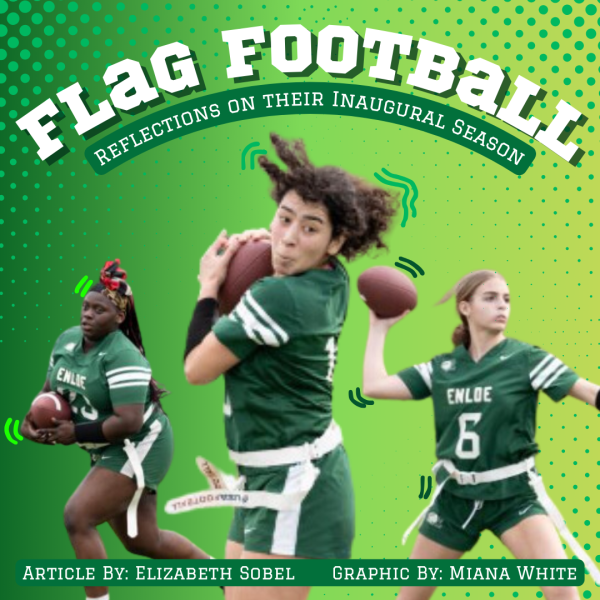Should College Athletes Get Paid?
The National College Athletic Association makes approximately 1 billion dollars annually, most of their revenue coming from March Madness, a month long division one men’s basketball tournament. Major basketball and football coaches within the NCAA make upward of millions of dollars each year. So why aren’t student athletes compensated- it’s clear that they can handle the expense of paying players while making millions. For decades the topic of paying student athletes has stirred debate amongst players and spectators alike. It all boils down to a concept called “Amateurism”- omnipresent within the collegiate sports program.
According to the NCAA Division I handbook the NCAA declares “student-athletes shall be amateurs in an intercollegiate sport, and their participation should be motivated primarily by education and by the physical, mental, and social benefits to be derived”. It clear that this standard for student athletes is outdated. The main reason students pursue sports in college is to be able to play on professional, paid, leagues in the future, such as the national basketball association and the national football league. Participating in the athletic community within a college campus, has other added bonuses. It provides students with a space to maintain their strength, bond with students of similar interests and have a strong sense of self, mind, and strength as they enter into adulthood.
This topic has become so widespread that presidential candidates have been taking a stance on the issue, most notably, Bernie Sanders, stating that “College athletes are workers,” and deserve to be compensated as such. NCAA president Mark Emmert has responded to the backlash, stating that “College athletics is about college students playing other college students, not employees playing employees”. Although this is technically true, college athletes practice for up to four hours a day during their season, a total of 40 hours a week. In reference, an average part time job in the united states is 35 hours, 5 less than the average student athlete.
Some states have begun to take the matter of athlete compensation into their own hands. On October 1st, 2019, California governor Gavin Newsom signed legislation that allows college athletes to hire agents, and become compensated for endorsements and the use of their image within ads and other marketing mediums. The current NCAA regulations explicitly bans this, but the California law protects their athletes from any punishment.
With increased pressure from political leaders, sports fanatics and athletes alike, athlete compensation will be inevitable within the next decade. The next step is to understand how this system will play out. If the NCAA were to begin paying their athletes, some say that it could pose discrimination towards female athletes within the league, who typically generate less revenue than their male counterparts. According to a poll taken by College Pulse, 60% of college students polled said salaries should be paid to all athletes, and 38% said salaries should only be paid to athletes playing sports that bring in revenue.
At this point, with the recent push from athletes and sports enthusiasts alike, it’s only a matter of time until athletes across the nation begin to receive compensation for their hard work and dedication. The next step is installing a payment system that provides doesn’t discriminate against female teams that typically generate less revenue to their male counterparts, while maintaining the integrity of the sport, and the quality of the game.
Your donation will support the student journalists of Enloe Magnet High School, allowing us to cover our annual website costs. We are extremely grateful for any contribution, big or small!

Aside from working on the Eagle's Eye, Malak enjoys being a member of the happy accidents improv troupe and working at Raleigh Little Theatre as a teacher...


